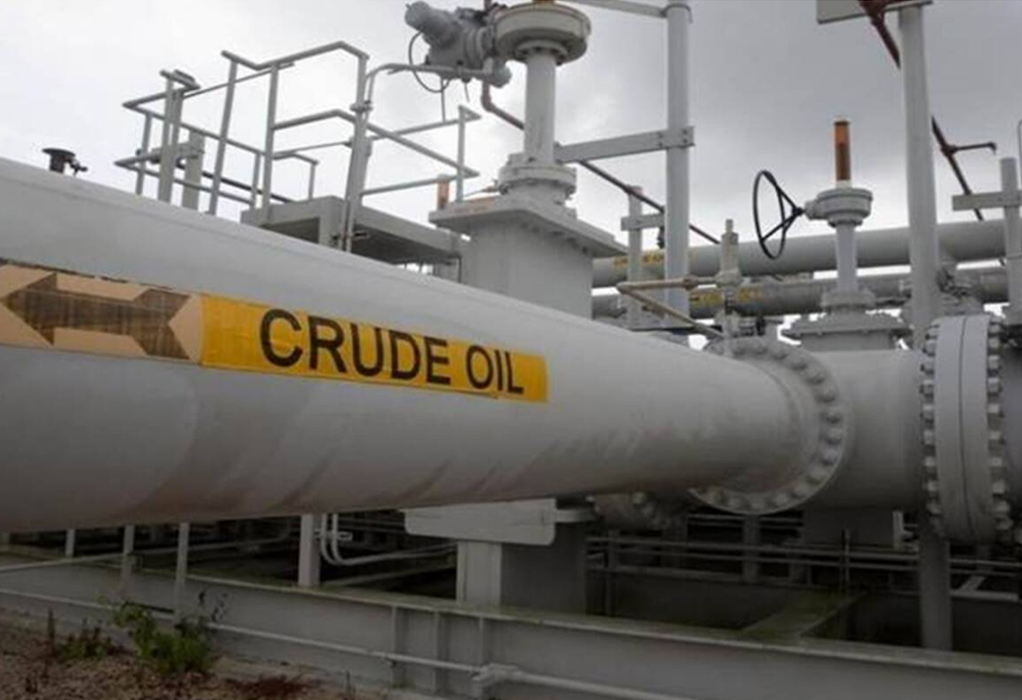Suezmax rates from the Mideast Gulf to the west coast of India have been rising on account of higher demand from Indian state-controlled refineries.
Indian state-controlled refiners continued to operate at higher capacities this month in anticipation of an increase in fuel demand in 2022. “Indian charterers have been quite active over the past few weeks and the trend is continuing,” a Delhi-based shipping broker said. There has been an increase in imports of Middle Eastern crudes, while market participants also said that there has been a rise in shipments from the US.
Freight rates for 130,000t shipments from the Mideast Gulf to the west coast of India have risen to WS77.5 from WS65 on 3 December, when concerns of the Covid-19 Omicron variant loomed over markets. Similarly the Ice front-month February Brent contract has jumped to $79/bl from $69.86/bl on 2 December.
Gains in Ice Brent crude futures remained curbed to an extent, following continued concerns about the Omicron variant. But overall worries have eased since the variant first emerged following a recent spate of bullish headlines indicating positive developments in the fight against Covid-19. Recent studies have also showed the Omicron variant is much less likely to lead to hospitalisations than the Delta variant. The US on 23 December authorised Merck’s antiviral pill molnupiravir for home-use, just a day after it approved Pfizer’s antiviral Covid-19 pill for use.
Expectations for Aframax freight rates from the Mideast Gulf to east Asia and the west coast of India continue to be positive with firm fundamentals. But activity in the current week has been muted as many participants are away for the year-end holidays.
Southeast Asian 80,000t rates to the east coast of Australia and from Indonesia to Japan remained largely unchanged because of limited chartering activity. Freight rates could decline in the short term towards the end of the year, as tonnage supplies remain high amid a lack of demand. But as shipowners return to the market in the new year, some may once again consider ballasting their vessels to the Mideast Gulf, which could lift rates in the southeast Asian region, but dampen any significant gains in the Mideast Gulf, as supplies increase.
As for future demand levels, mobility curbs across the globe once again stoked fears of a decline in fuel demand. Germany, Ireland, the Netherlands and South Korea are among the countries that have reimposed either partial or full lockdowns or other social distancing measures in recent days.
On the oil supply side, many are keeping a close eye on the OPEC+ meeting on 4 January to see if they decide to continue raising production levels, or if they may consider curtailing production, as they have yet to announce production targets for February.
Source: argus
Tags: Crude demand, India, Suezmax rates



Recent Posts
Stena Line’s Hybrid Ferry Stena Futura Completes Sea Trials, Set to Boost Irish Sea Freight Capacity
Taiwanese owner makes methanol move with WinGD across multiple engine orders
Econowind installs four VentoFoils on tanker M/T JUTLANDIA SWAN
Global Maritime Groups Unite to Launch Alliance for Electrification of Shipping Sector
India Charts Green Future for Maritime Sector with Hydrogen Hubs and Sustainable Port Strategy
ZeroNorth’s SMARTShip platform integrates with ClassNK MRV portal to automate emissions reporting
Towngas Partners with TLB, Pacific Basin to Advance Green Marine Fuel Infrastructure in Hong Kong
SECI Extends Bid Deadline for Green Ammonia Tender Under SIGHT Scheme